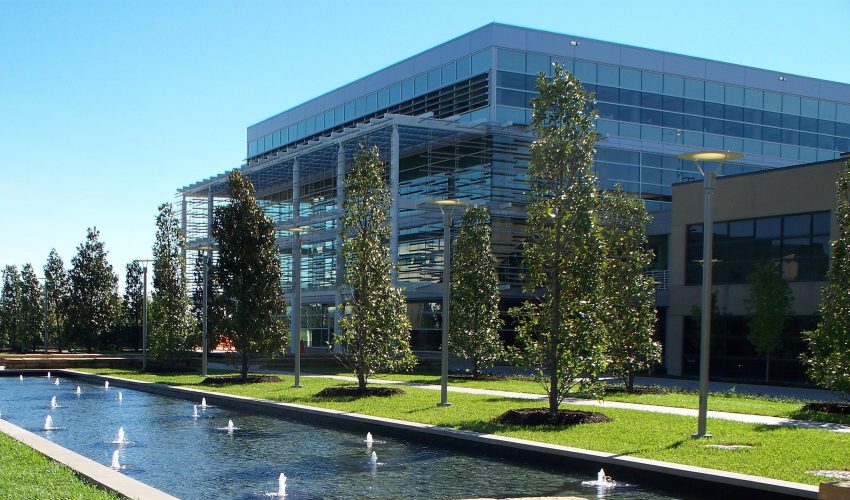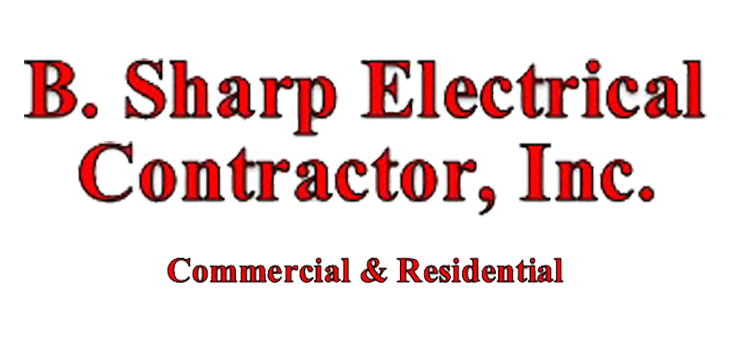
With the push for green energy, more and more American building owners are choosing to build or remodel their buildings to be more sustainable and efficient. The guidelines for achieving this are defined by LEED, the Leadership in Energy and Environmental Design, which awards the certifications. Here is an overview of the program.
Levels of Certification
Buildings can achieve different levels of LEED certification. An independent organization, called the United States Green Building Council (USGBC), inspects commercial buildings to determine how many points of sustainability a building has achieved. The possible number of points a building can achieve is 110. The point system works like this:
- Basic certification equals 40 to 49 points.
- Silver certification equals 50 to 59 points.
- Gold certification equals 60 to 79 points.
- Platinum certification equals 80 to 110 points.
Prerequisites
There are certain requirements a building has to meet to qualify for LEED certification. These are called prerequisites and they do not earn points. There are three main prerequisites:
- A building project must be a permanent structure on existing land.
- A building project must have reasonable LEED boundaries. This means that the entire area of the project must be included so it can be accurately evaluated.
- A building project must comply with LEED size requirements for the rating system in which it falls.
Credits
Once the prerequisites have been met, credits are awarded for the additional energy and resource-saving programs that are applied in a building. These credits then earn points toward certification. Some projects earn more points than others. Credits are awarded for the following types of things:
- Efficient use of energy, for instance, in HVAC and lighting systems.
- Water conservation, for instance, in low-flow bathroom fixtures.
- Use of sustainable materials in construction.
- Innovative building design.
Benefits
When buildings achieve LEED certification, they minimize waste and carbon emissions and provide healthier environments for owners and occupants. LEED-certified buildings are also less costly to operate and often qualify the owners for tax rebates and incentives. The financial benefits can be significant.
Electrical contracting firms are very key in helping building owners achieve LEED certification. That’s because many LEED projects require electrical infrastructures that can’t just be implemented by the average guy. So if you’re interested in doing a LED lighting retrofit or an alternative energy installation, you’ll need someone with electrical training and expertise.

